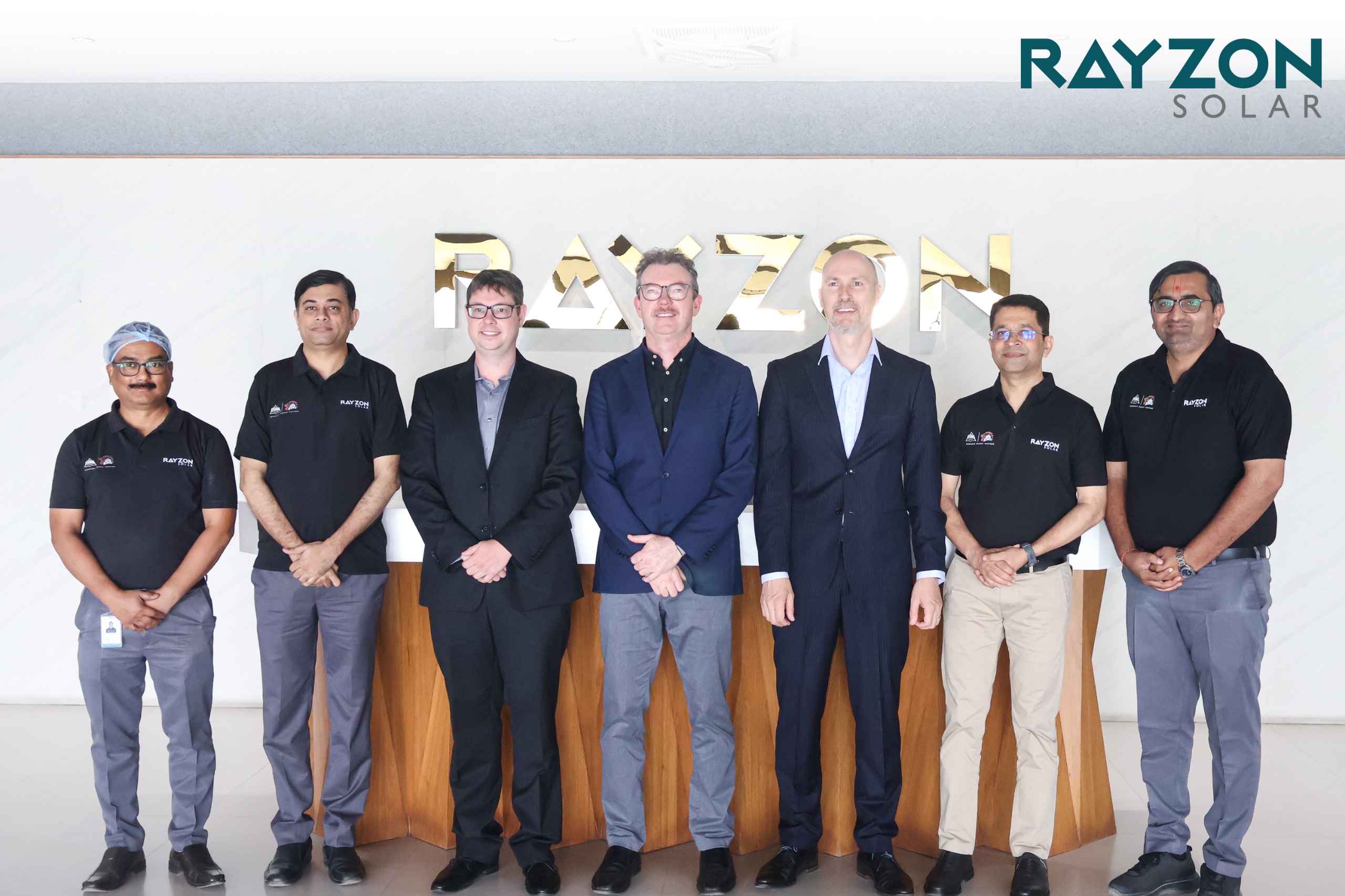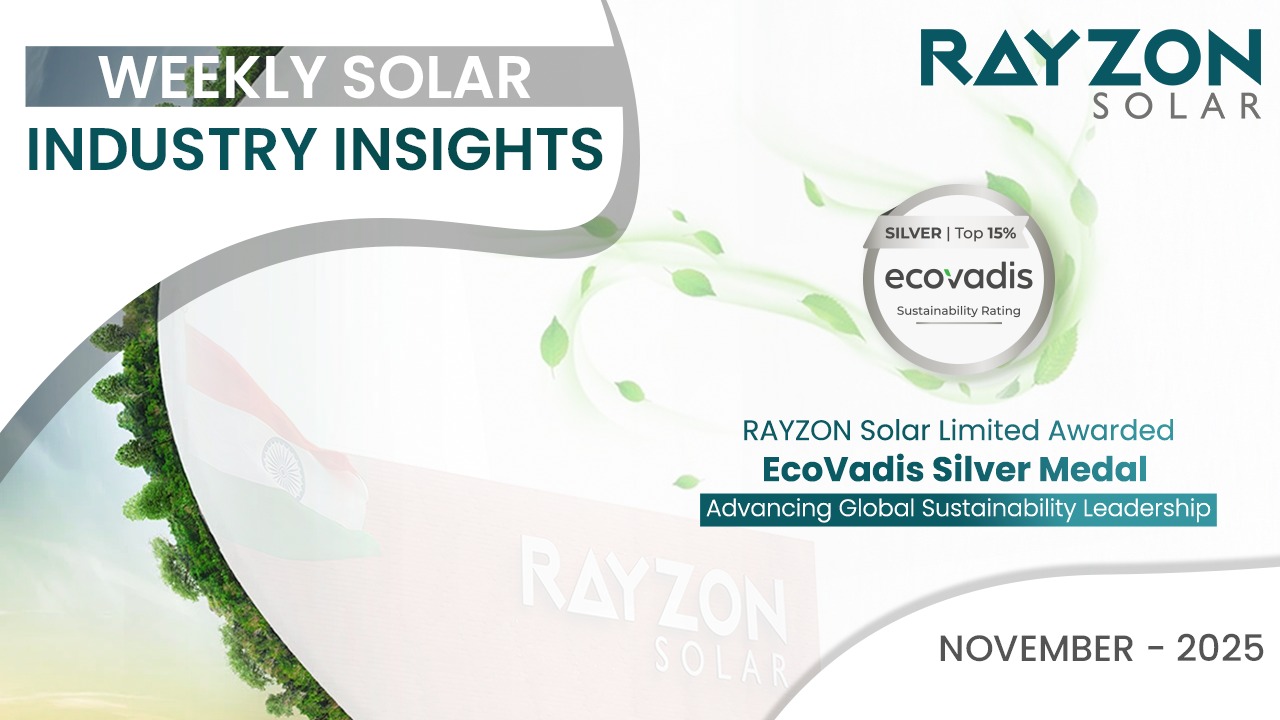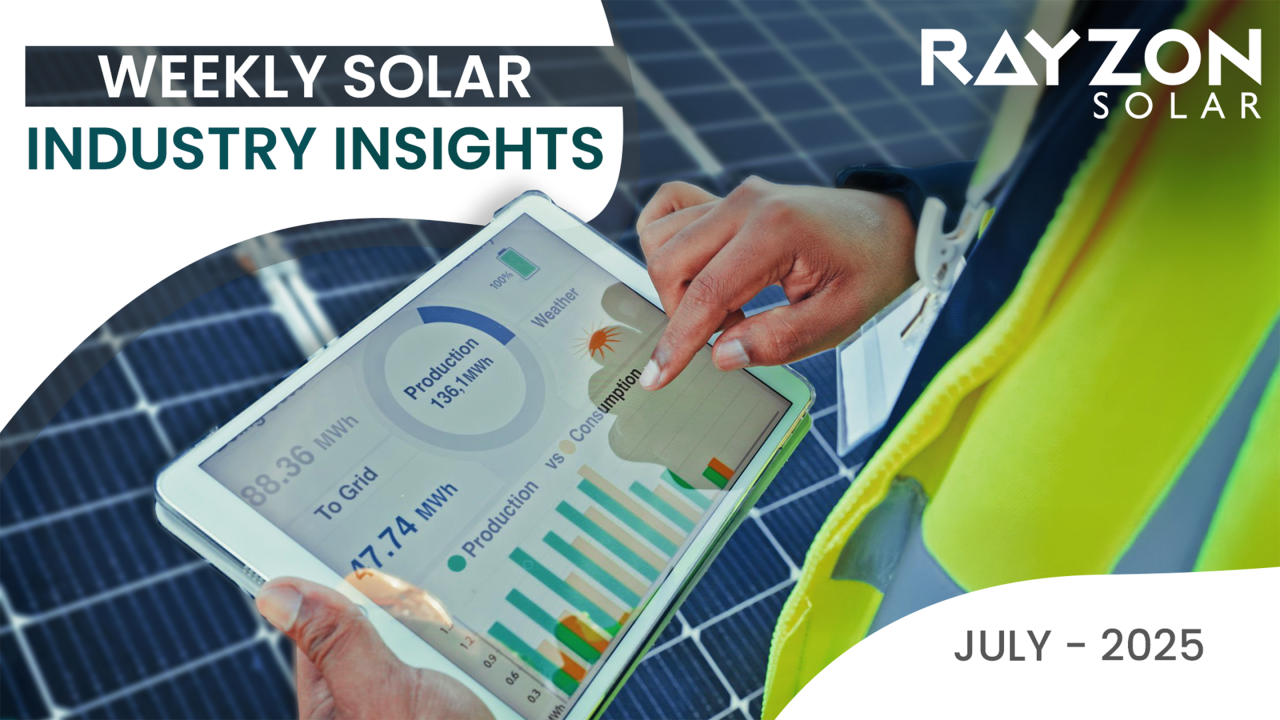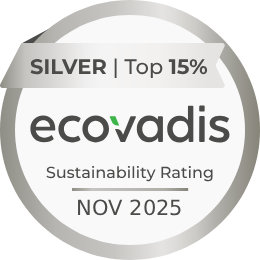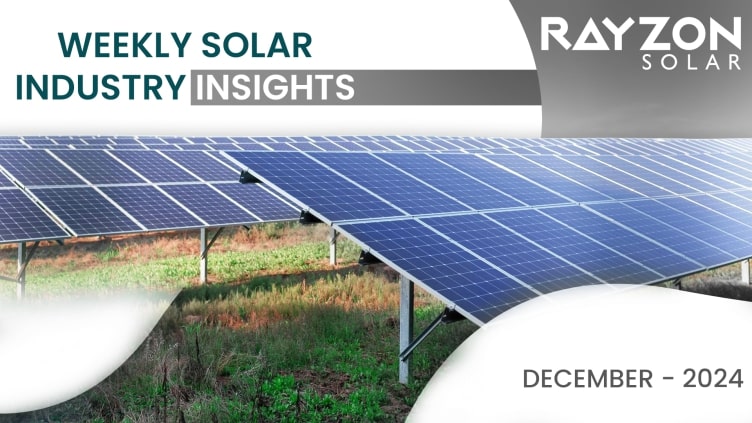
Weekly Solar Industry Insights: December 9th – December 15th, 2024
U.S. to Increase Tariffs on Chinese Solar Wafers and Polysilicon to 50%
The U.S. is set to raise tariffs on Chinese solar wafers and polysilicon to 50%, effective from January 1, 2025. This move is part of broader measures aimed at addressing trade imbalances with China, enhancing domestic production, and securing supply chain resilience. The tariff increases also extend to other sectors, including semiconductors and critical minerals. This decision comes as part of the USTR's review of China's trade practices concerning technology transfer and intellectual property.
Karnataka Eases Rooftop Solar Rules for Small Systems
The Karnataka Electricity Regulatory Commission (KERC) has simplified rooftop solar installation rules for systems up to 10 kW. Consumers can now install systems with a 10% capacity tolerance, making it easier to generate solar power. The order allows automatic approval for applications and mandates infrastructure upgrades by distribution licensees. This move is aligned with the PM Surya Ghar scheme and is expected to boost rooftop solar adoption across the state.
Tamil Nadu's Solar Open Access Market Sees Significant Growth
Tamil Nadu has experienced substantial growth in its solar open-access market, adding a record capacity of 4.8 GW in the first nine months of 2024, surpassing previous annual additions. This increase positions the state as a leader in India's renewable energy sector, accounting for nearly 12% of the country's installations during this period. The surge is attributed to favorable policies, a robust industrial base, and high electricity tariffs, which make solar open access an attractive option for commercial and industrial consumers seeking cost-effective and sustainable energy solutions.
Bihar Lowers Green Energy Open Access Limit to 100 kW
The Bihar Electricity Regulatory Commission has reduced the minimum limit for green energy open access from 1 MW to 100 kW, enabling smaller consumers to access renewable power. This policy aims to promote the consumption of green energy, including waste-to-energy, by making it easier for more consumers to demand renewable power from distribution companies (DISCOMs). The revised regulations will also help meet Renewable Purchase Obligations and provide more flexibility for procuring green energy.
Average Cost of Large-Scale Solar Projects in India Drops 23% YoY in Q3 2024
The average cost of large-scale solar projects in India decreased by 23% year-over-year (YoY) in Q3 2024, as reported by Mercom Research teams. The drop in costs is driven by a seven-quarter decline in solar module prices, with monocrystalline PERC module prices falling over 38% YoY. Despite rising domestic content requirement costs, the overall project cost reduction offers a promising outlook for India's solar sector growth.
India Mandates Use of Locally-Made Solar Cells in Clean Energy Projects from June 2026
The Ministry of New and Renewable Energy (MNRE) has announced that, effective June 1, 2026, all solar photovoltaic (PV) modules used in projects—including government-backed schemes, net-metering projects, and open access renewable energy initiatives—must source their solar cells from the Approved List of Models and Manufacturers (ALMM) List-II. This move aims to bolster domestic manufacturing and reduce reliance on imported solar cells, particularly from China. Currently, India has a solar PV module-making capacity of about 80 gigawatts (GW), while its cell-making capacity is slightly more than 7 GW. The government plans to increase its non-fossil fuel capacity to 500 GW by 2030.
Information source: Mercom
